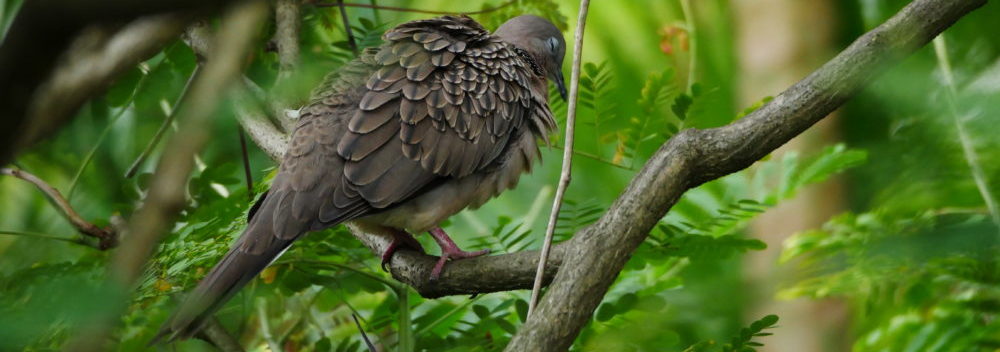As dawn beckons on the streets of Yangon,
I saw the ubiquitous dish of Myanmar, the Mohinga, a blend of vermicilli, in thick fish stock, and layered with the flavours of Indochinese condiments – witness to subtle hues and variations around a common theme. Here, in the morning informality of the railway stop beneath the Bogyoke Aung San Market, a small crowd gathers in the shade of the embankment as casual city residents move freely along the tracks.

I saw no motorcycles, the ubiquitous vehicular transport of land-scarce and road-scarce Asia – these had been banned from the city for more than a decade, to the relief of the air quality and the city’s inhabitants, but a throw-back to the earlier military rulers that had defined and made possible extreme controls, whether agreeable or not to the city.

I saw shoeless visitors and spotless tiles, roofs and walls emanate from the perimeter to the centre of the universe at Shwedagon Pagoda, as pilgrims, devotees, curious tourists and thick oily bespectacled men, rimmed with security and temple minders meander their way through the complex.
I saw the night skies by the banks of the Inya Lake, against the backdrop of a Soviet-era hotel of the same name, built by Russian engineers at the height of the Cold War contests, the giant red colonnades of the lake-front Pavilion lending nostalgic reminiscence to the modern infidelity of styles, designs and allegiances.

I saw yet another ubiquitous hurried barefoot monk in robes and sack, shuffling busily through the green-lined inner streets, against the backdrop of loud diesel public buses. Once gated and barricaded, these leafy thoroughfares yielded to us and the monk a green lane, a throwback to an older and more pastoral Burmese days of old.

(Lumix GX85; 12-60 mm Lumix lens; Feb 2019)







